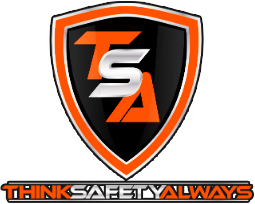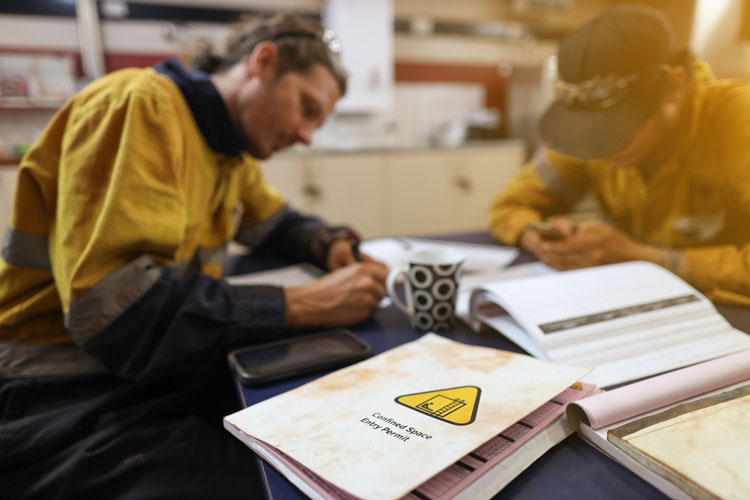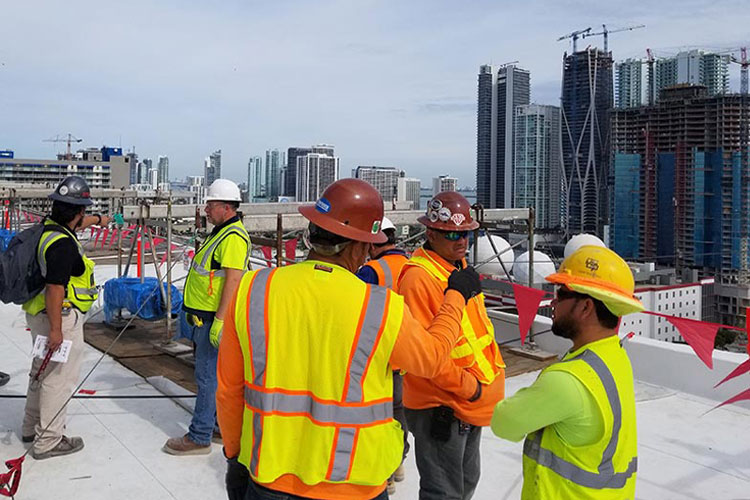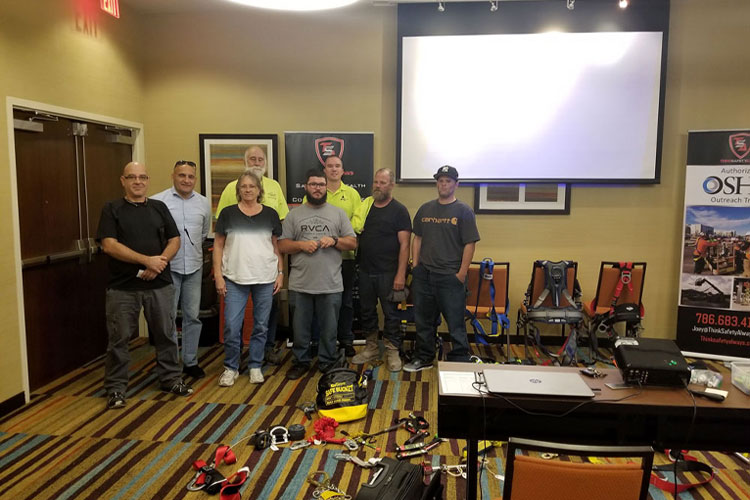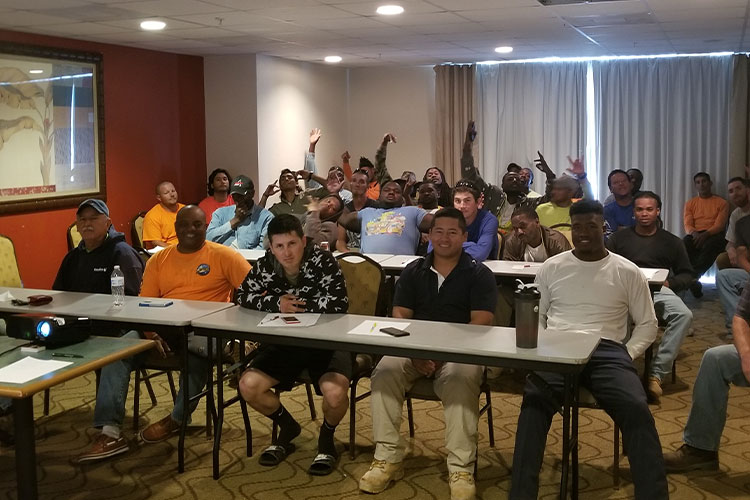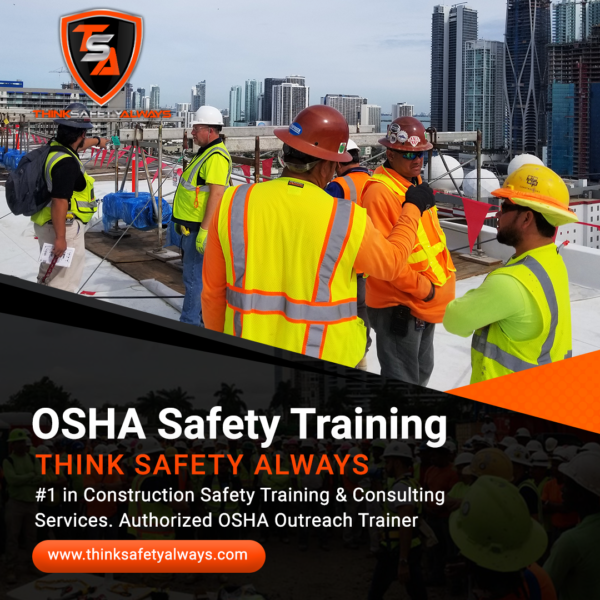In the fast-paced world of construction and industrial work, it’s easy to overlook the hazards that lurk in tight corners and enclosed environments. Yet confined spaces—those narrow, hard-to-access areas not designed for continuous occupancy—are among the most dangerous work environments out there. From suffocation and toxic exposure to entrapment and explosion risks, working in a confined space without proper training or a Confined Spaces Certification is like walking into a minefield blindfolded.
That’s why certification isn’t just a formality—it’s a lifeline.
What Is a Confined Space?
A confined space isn’t just “small.” It’s a work area with limited entry or exit and is not intended for continuous occupancy. Common examples include storage tanks, tunnels, manholes, crawl spaces, silos, and pipelines. These spaces can become hazardous when they contain dangerous substances, low oxygen levels, or the potential for engulfment.
Even seemingly safe environments can quickly turn deadly when factors like poor ventilation, mechanical hazards, or heat stress are involved.
The Real-World Dangers
Statistics from OSHA (Occupational Safety and Health Administration) are sobering: hundreds of workers die each year due to confined space incidents, and many of them are would-be rescuers. What makes these tragedies even more heartbreaking is that most could have been prevented with proper awareness and training.
In many cases, the risks aren’t visible—poisonous gases, sudden drops in oxygen, or equipment failure can take a worker down in minutes. And in such spaces, emergency response is difficult, if not impossible, without specialized preparation.
Why Certification Matters
Confined Space Certification isn’t just about checking a box; it equips workers and supervisors with the skills they need to:
Identify confined space hazards before entering
Monitor air quality and ventilation
Use personal protective equipment (PPE) effectively
Implement lockout/tagout procedures
Execute emergency rescue operations safely
Whether you’re the one entering the space or supervising from above, understanding the dangers—and the right way to prevent or react to them—can save lives.
Who Needs Certification?
Anyone working in or around confined spaces should be certified. This includes:
Construction workers
Maintenance technicians
Utility and wastewater workers
Emergency responders
Safety supervisors and foremen
Even if you’re not physically entering the space, understanding the risks and having the ability to respond appropriately can be the difference between a close call and a catastrophe.
The Legal Side
OSHA mandates that employers provide confined space training for any employees who are required to enter or work near confined spaces. Failure to comply can lead not only to severe fines but also to liability in the event of an accident. Certification ensures that you meet federal requirements and that your team is prepared for any situation.
A Smarter, Safer Workplace Starts Here
Safety shouldn’t be reactive—it should be proactive. The first step in protecting your team is education. Confined Space Certification courses provide hands-on, practical training that empowers your workforce to recognize risks and respond effectively under pressure.
Think Safety Always – Confined Spaces Certification
At Think Safety Always, we understand that every second counts when working in hazardous environments. That’s why our Confined Space Competent Person Training is designed to go beyond the basics. We combine expert instruction, real-world scenarios, and OSHA-aligned standards to ensure your team is prepared, confident, and compliant. Whether you’re renewing a certificate or training a new crew, we’ve got your back—because when safety comes first, everyone goes home. Our confined spaces certification available here!
